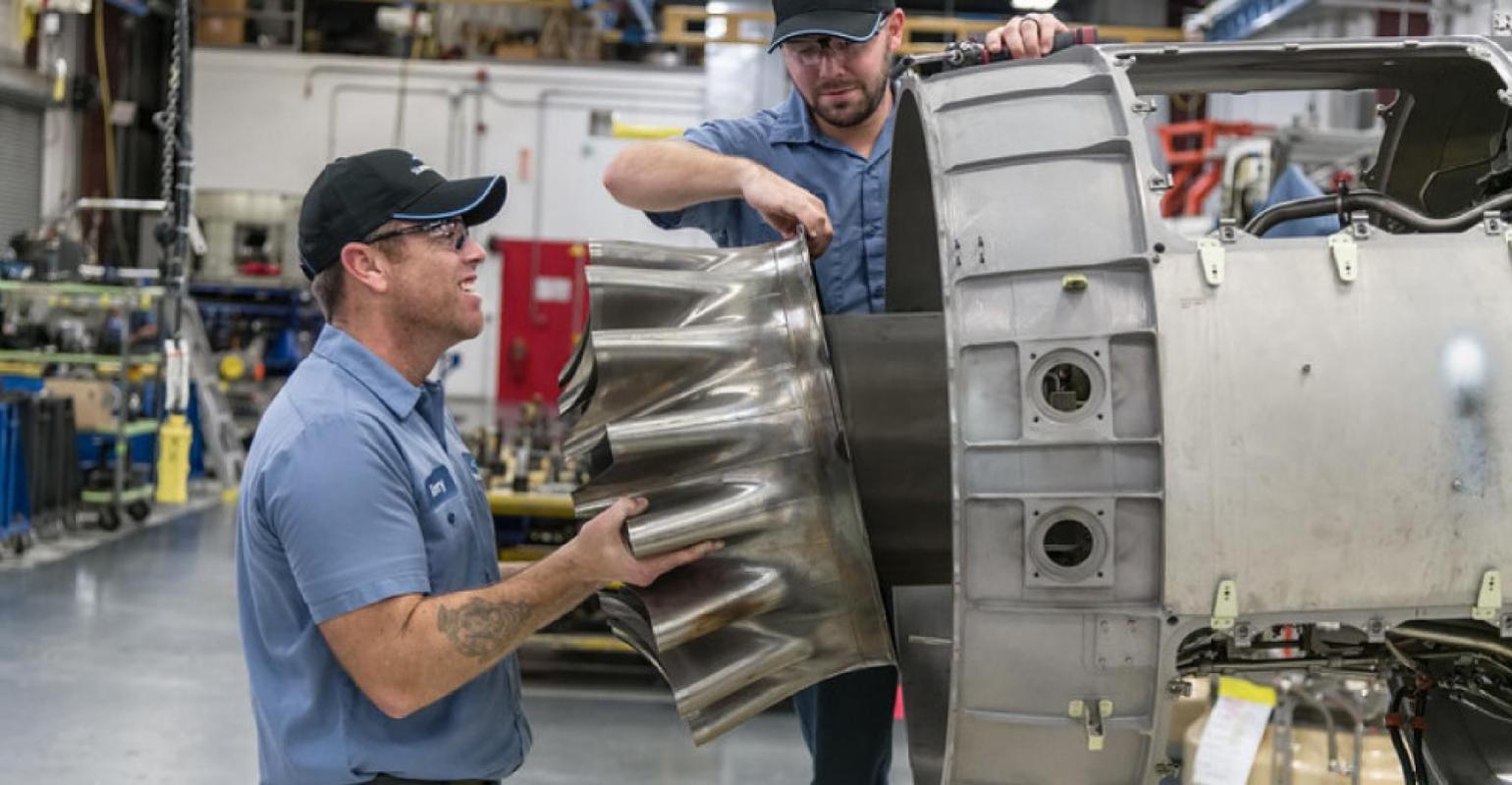
What does the latest vaccine announcement mean for aviation and MRO? Finally real hope, but probably lots of bridges to cross yet.
And no one knows this better than the engine MROs that have seen commercial demand for overhauls shrink so drastically. Alex Trapp, senior vice president of business development for StandardAero, says he is not seeing any uptick yet in commercial engine MRO.
The best news at StandardAero for commercial engines has been steady work on the CF34-8s that power business jets and some RJs, plus support of engines for cargo operators. But even on these engines, Trapp is not seeing any increased demand yet.
The StandardAero executive does not anticipate any meaningful boost in the commercial MRO market until early 2022. He hopes increased seasonal flying activity returns in the second and third quarters of 2021. Then that should drive MRO demand up after a delay as operators use available green-time and balance flying across their underutilized fleets.
“This uptick could be enhanced, but the timeline is not likely to be accelerated, by removal of regulations dis-incentivizing travel into other states and countries,” Trapp says. “We expect that any regulatory changes will likely need to be catalyzed by a COVID-19 vaccine, substantial increases in testing processes and availability, substantial decreases in cases and spread, or some combination of all the above.”
Indeed, in the wake of the Pfizer vaccine announcement, IATA has called for governments to safely re-open borders without quarantines by implementing a harmonized system of pre-departure COVID-19 testing.
Meanwhile, StandardAero cushions the impact of the virus on commercial demand by supporting business, rotorcraft and military engines. “Our other business units with exposure to other segments of the A&D industry continue to be relatively busy and, in certain plant locations, we are able to reallocate resources away from commercial work to perform business aviation, rotorcraft and military work,” Trapp says.
